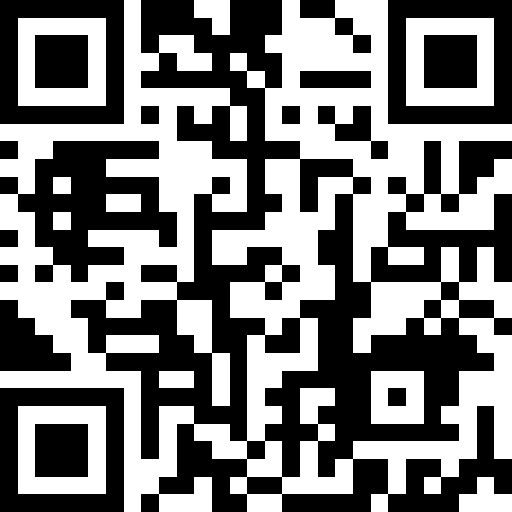Fire Risk Assessment Template
This general assessment template aims to identify and reduce the risk of fire and can be used everywhere. It is divided into three sections: First section covers detailed information about the building and occupants. The second section focuses on identifying hazards and control measures. Lastly, the third section sums up the assessment by generalizing the observation of the two components: 1) Likelihood of fire and 2) Consequences of fire
Print as PDF

×
Free Fire Risk Assessment Template Checklist
Go digital today!
Convert your paper checklists into digital forms
Scan this QR code to use this paper checklist on your smartphone or tablet or visit https://safetyculture.com/



Full Address
GENERAL INFORMATION
- The Premises
- Number of Floors
- Brief details about the construction
- Use of the premises
- The Occupants
- Approximate maximum number
- Number of Sleeping Occupants
- Number of Disabled Occupants
- Number of Minor Occupants
- Number of Elderly Occupants
- Others
Hazard and Risk Identification
HAZARD AND RISK FACTORS
- What are the factors present in the inspected area? You may choose multiple items. *You may also add photos, notes, and actions by clicking the paperclip icon.
- Smoking
- Cooking
- Electrical
- Portable Heaters
- Use of Candles
- Deliberate Ignition
- Alcohol or Drug Use
- Hoarding (Access)
- Oxygen
- Sensory Impairment
- Arson
- Housekeeping
- Dangerous Substances
- Other factors
Smoking
- Select a circumstance observed
No signs of careless handling
Has signs of careless handling
Cooking
- Select a circumstance observed
No evidence or suggestion of careless behavior
Has evidence or suggestion of careless behavior
Electrical
- Including equipment and extensive use of extension leads and adapters and/or electric blankets
- Select a circumstance observed
Safe and maintained
Adequately maintained
Lack of maintenance
Portable Heaters
- Select a circumstance observed
Compliant with modern standards (oil filled radiators or convector)
Higher hazard (fan heaters, radiant bar fires)
Use of Candles
- Select a circumstance observed
Used with appropriate precautions
Used without appropriate precautions
Deliberate Ignition
- Select a circumstance observed
No history or likely potential
No history but has some potential
Has history or potential
Alcohol or Drug Use
- Select a circumstance observed
Without high fire risk behavior
With high fire risk behavior
Hoarding (access)
- Select a circumstance observed
No hoarding, or hoarding of generally non-combustible materials that do not obstruct escape routes
Hoarding between clutter levels 1 and 413
Oxygen
- Use of oxygen combined with high fire risk behavior
Sensory Impairment
- Select a circumstance observed
Hard of hearing, or partially sighted
Deaf or blind
Arson
- Select a circumstance observed
Very secured
Has reasonable security
No security at all
Housekeeping
- Select a circumstance observed
Inadequate
Dangerous Substances
- Select a circumstance observed
Stored and used with precaution
Not stored properly
Other Factors
- Please list factors not mentioned above and provide further details to each. Risk Factor
- State them here
Fire Protection Measures
FIRE PROTECTION MEASURES
- 1. Means of Escape from Fire
- It is considered that the premises are provided with reasonable means of escape in case of fire
- Fire risks
- Fire safety measures
- Action in the event of a fire
- Action on hearing the fire alarm signal
- Method of operation of manual call points
- Location and use of fire extinguishers
- Means for summoning the fire and rescue service
- Identity of persons nominated to assist with evacuation
- Fire drills
The following simple fire risk level estimator is based on a commonly used health and safety risk level estimator.
SLIGHT HARM
MODERATE HARM
EXTREME HARM
Substantial
Intolerable
COMPLETION
- Name of Responsible Person and Signature Sign
- Assessor's Name and Signature Sign
link copied
SafetyCulture Staff
Fire Risk Assessment Template
This general assessment template aims to identify and reduce the risk of fire and can be used everywhere. It is divided into three sections: First section covers detailed information about the building and occupants. The second section focuses on identifying hazards and control measures. Lastly, the third section sums up the assessment by generalizing the observation of the two components: 1) Likelihood of fire and 2) Consequences of fire
Print as PDF
The templates available in our Public Library have been created by our customers and employees to help get you started using SafetyCulture's solutions. The templates are intended to be used as hypothetical examples only and should not be used as a substitute for professional advice. You should seek your own professional advice to determine if the use of a template is permissible in your workplace or jurisdiction. You should independently determine whether the template is suitable for your circumstances.





